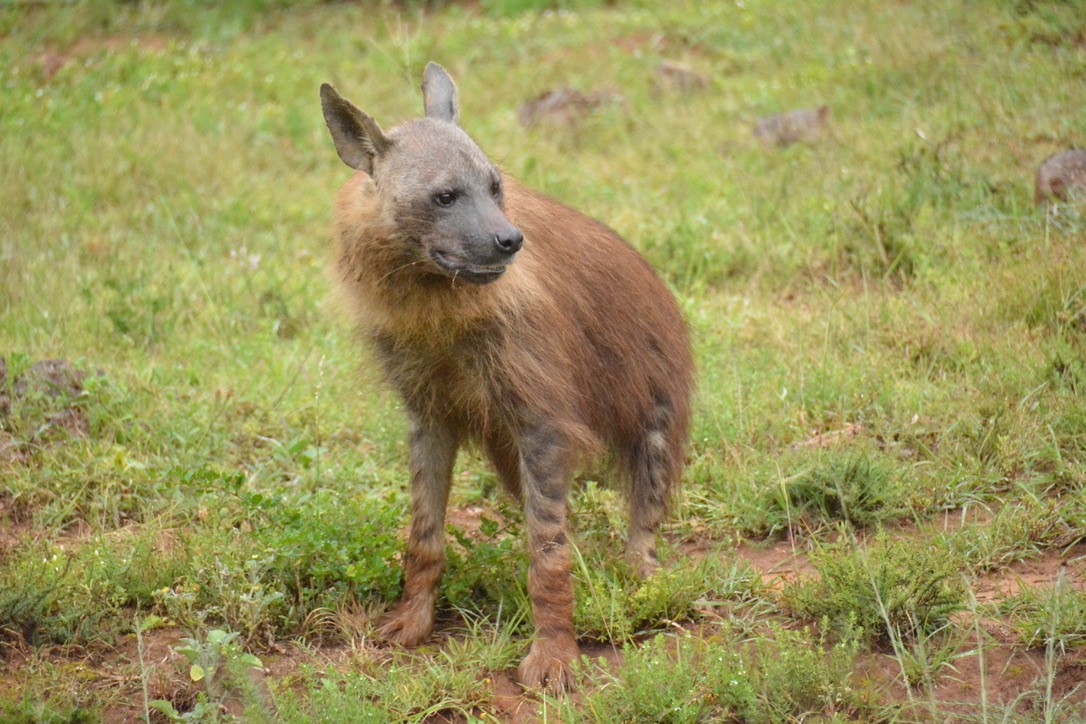Hyena

(Parahyaena brunnea)
Total length 130 – 160cm / shoulder height 85cm / tail 15 – 30cm / mass 46kg (male) 42kg (female)
The body color varies from light-brown to dark-brown to almost black. The legs are striped in black and the tail is short with also a black color. The mantle around its neck tends to be lighter almost from white to a light-brown. The body is covered with long hair. Long shaggy brown/black coat with long pointed ears. The Brown hyena is strongly built around the neck and shoulder areas and builds higher at the shoulders than at the hindquarters. Front legs longer than back legs.
The Brown hyena is not as vocal as the spotted hyena. They marked their set territories with droppings. Territories differ in size depending on the population density. In a set territory there can be up to 6 individuals normally from the same family all taking part in raising the cubs. Brown hyena is mostly solitary and seen singly.
Dit klink soos ‘n bruin hiëna, maar is dit ‘n jakkals?
Ben Erasmus doen navraag of die bruin hiëna in die nag ‘n harde skreegeluid soos ‘n jakkals uiter. Sover sy kennis strek, maak bruin hiënas net gromgeluide.
Dr. Gerhard Verdoorn antwoord as volg:
“Die bruin hiëna uiter beslis nie enige harde skreegeluide nie. By hul kommunale woonplekke is daar ‘n ê-ê-ê-ê geluid wat gemaak word as die dominante wyfie haar gewig rondgooi. Dit word dan meestal deur die onderdaniges geuiter. Die diere maak ook diep gromgeluide veral as hulle aggressief raak en gekonfronteer word, maar dit is nie ver hoorbaar nie.
“Die geluide waarna Ben verwys is moontlik ‘n silwervos (draaijakkals) se roep, wat nogal baie na dié van die rooijakkals klink. Dit is ‘n harde roep wat baie ver, maar nie algemeen gehoor word nie.” Gerhard het die geluide dikwels in die Kalahari gehoor waar die silwervosse volop was. Die witkwasjakkals wat in die natter oostelike dele van Suid-Afrika voorkom, het ook ‘n redelike harde roep, maar dit word min gehoor.
Mostly in the drier parts of South Africa and parts of KZN commonly seen in the Kalahari and along the coastline of southern Namibia.
Although mainly a scavengers and a diet consisting from small vertebrates, insects and fruits they sometimes hunt and kill larger prey like goats and sheep.
DAMAGE CAUSING ANIMAL: HYENA
| Conservationist | Control method -no permits required | Control method – permits required | Contact person |
Cape Nature | No populations hyena in WC, but do get the odd brown hyena moving through. If a situation arises where such an individual causes problems, Cape Nature will assist the landowner to solve the problem. | ||
KZN Wildlife | Are categorised “Protected” in TOPS. | Contact your District Conservation Officer (DCO) who will advise and assist if necessary. | KZN Centralised permit application |
| Ezemvelo has a Damage Causing Animal Standard Operating Procedure (SOP). DCA are managed in terms of this SOP. Your first port of call is your District Conservation Officer who will respond accordingly and provide advice. Management of DCA does not fall within the definition of hunting and are managed on a case-by-case basis in association with your DCO. | ||
DETEA – Free State Province | None. | TOPS permit to landowner, only after investigation and identification by Dept. officials and for capturing by approved cage trap, before lethal control will be considered. | DETEA Free State Permit Office. Lourens Goosen (051) 4009534 |
